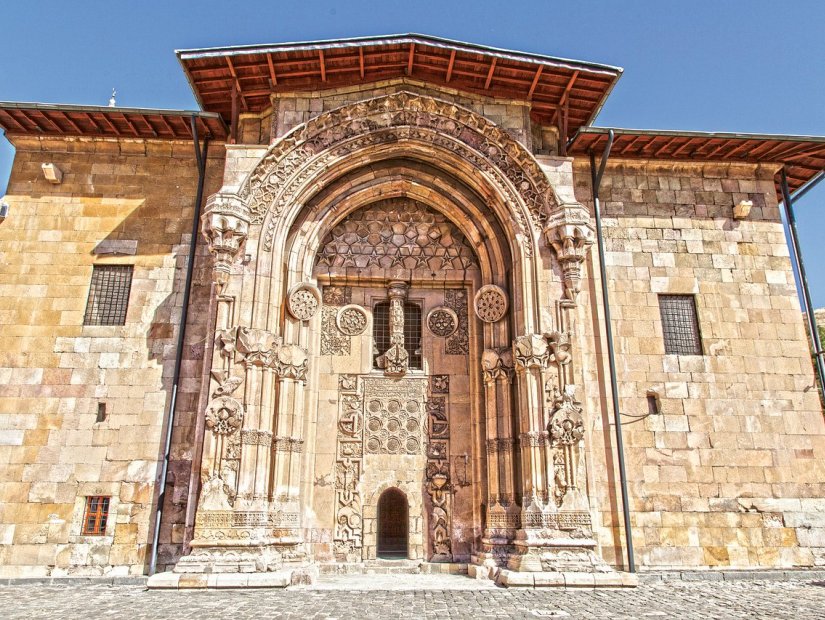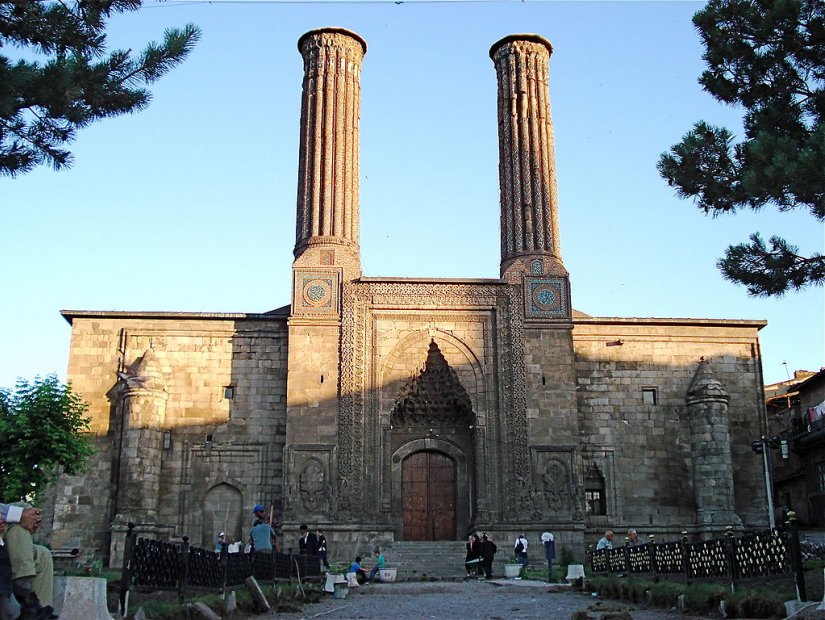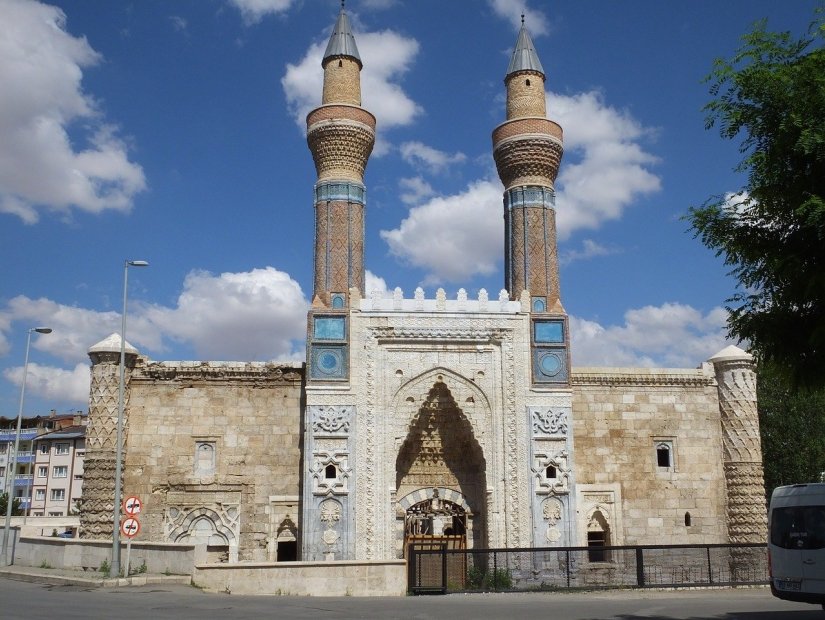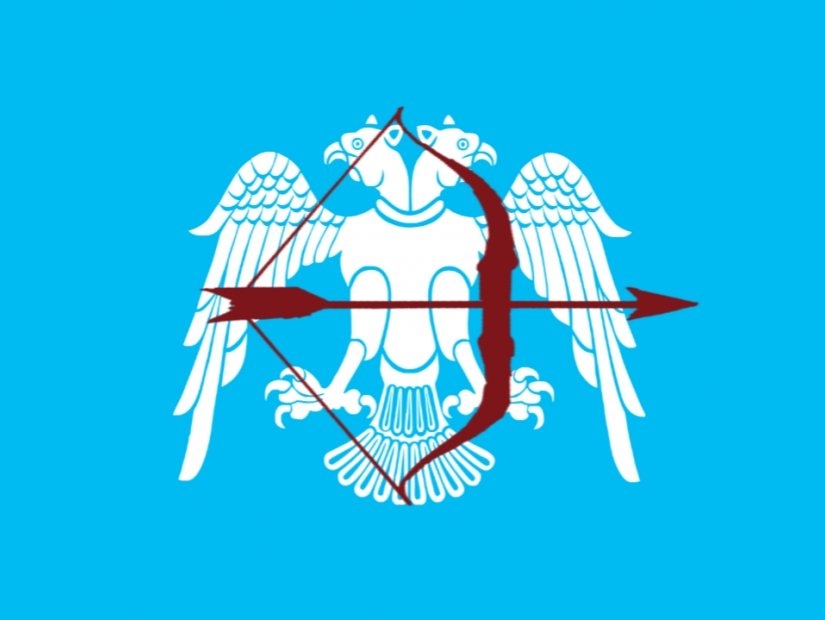Blog
History and Wonders of the Seljuk Empire
History and Wonders of the Seljuk Empire
The Seljuk Empire was founded by the Oghuz Turks in 1037. The empire ruled over an area of 3,9 million kilometers. It was a state based on the Turkish-Iranian tradition. When the empire was first established, its capital was the city of Nishapur. While the official language in the Great Seljuk State was Persian, the language of the army was Turkish. Another common language spoken in the state was Arabic; it was also taught in the Seljuk Empire.
The Seljuk Empire has a very special place in Turkish history because it is the first community among the Turkish tribes that lived in Central Asia until that time to migrate permanently to the West and settle. The Seljuks' direction towards the West and the conquest policy towards Europe continued in the same way during the Ottoman period. They are also the founding pioneers and ancestors of the Ottoman Empire.
The Seljuks grew so strong in the land they settled in that even a deep-rooted empire like Byzantium could not prevent them. However, after the reign of Melikşah, the Seljuks started to weaken. A strong leader did not come to power, and the Crusades began. The Seljuk Empire collapsed due to the endless Crusaders, but the Sultanate of Rum was born from his ashes.
Anatolian Seljuks maintained the heritage they inherited from their ancestors very well. They established a prosperous state in Anatolia and created a society in which tolerance prevailed. The Greek and Armenian people of Anatolia lived together with the Seljuk Turks for centuries and formed a beautiful cultural mosaic. The foundations of today's Anatolian culture were laid at that time.
The Seljuks, who ruled Anatolia for nearly 300 years, built numerous architectural wonders such as inns, caravanserais, madrasas, baths, castles, shipyards, and mosques on these lands. Here we present the most Important Seljuk works that have survived until today.

The Great Mosque and Hospital of Divrigi – Sivas
This structure was completed in 1243 by the Mengücek people who were affiliated with the Anatolian Seljuk State. It contains a mosque, a tomb, and a hospital. The most important feature is that none of the tens of thousands of ornamental geometric patterns repeat each other. It reflects the most precious examples of stonework. It was inscribed on the world cultural heritage list by UNESCO in 1985.
Karatay Madrasa – Konya
It was built by the Seljuk vizier Celaleddin Karatay between 1251-1252. A great ceremony was held at the opening of the madrasa and famous scholars of the period such as Mevlana Celaleddin-i Rumi and Şems-i Tabrizi also participated in this ceremony. It is a single-story madrasa with a closed courtyard and a single iwan. 28 hadiths are inscribed on the crown gate. The masterpiece, which was restored in 1954, is now used as the Tile Works Museum.
Alanya Castle – Antalya
This structure is located 250 meters above sea level and has 6,5 meters of ramparts as well as nearly 400 cisterns. It is almost like an open-air museum with its magnificent doors. As it was used as the center of administrative and military organization, the defense of the castle was strengthened by Sultan Alaeddin Keykubat I.

Double Minaret Madrasa – Erzurum
Double Minaret Madrasa has two floors, four iwan, and an open courtyard. There are student and teacher rooms on both sides of the courtyard. The decorations on the crown gate offer magnificent examples of the aesthetic understanding of Seljuk stone decoration. Although it was used as an armory for a while in Murat's period and later as barracks, it serves as a museum today.
Gevher Nesibe Hatun Hospital – Kayseri
It was built by Gıyaseddin Keyhüsrev between 1205-1206. The sultan had this place built on the will of his sister Gevher Nesibe Sultan, who had tuberculosis. The aim was to establish a madrasah and a ‘darüşşifa’ where physicians who can treat desperate patients would be trained. Philosophy, religious sciences, Arabic, Persian, anatomy, and physiology courses were taught. In addition to the ancient Greek and Roman sources, the works of Abu Bakr Ar-Razi and Ibn Sina were also taught.

Gökmedrese – Sivas
It was built in 1271, during the reign of Gıyaseddin Keyhüsrev III. It has an open courtyard, four iwan, and two floors. The marble stone door creates a rich appearance by forming a play of light and shadow. It was turned into a museum in 1926.


